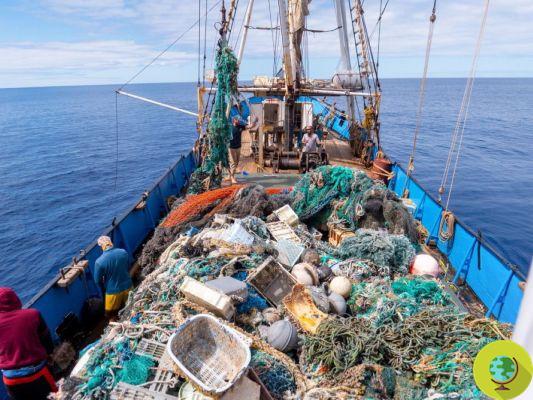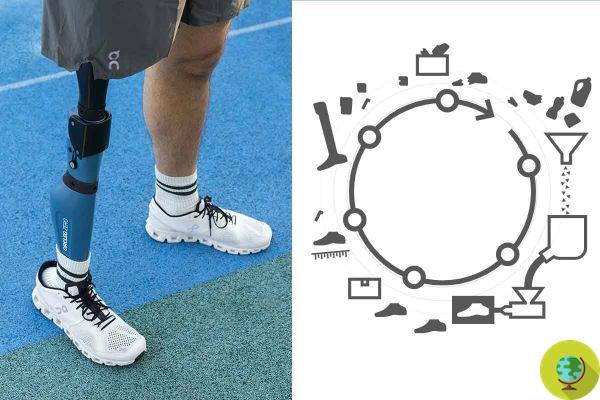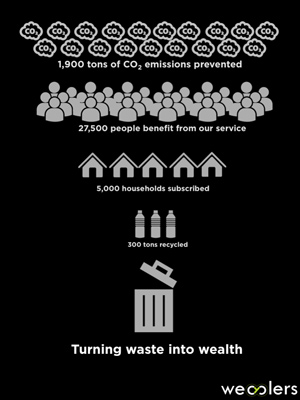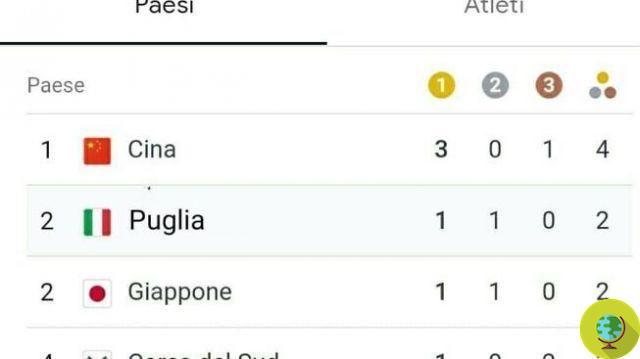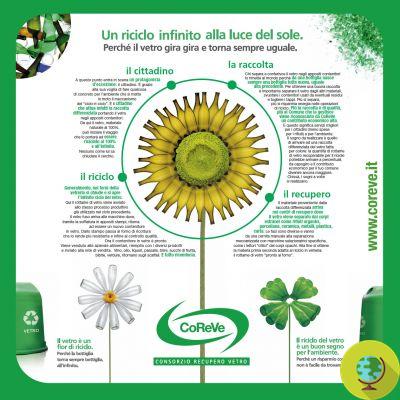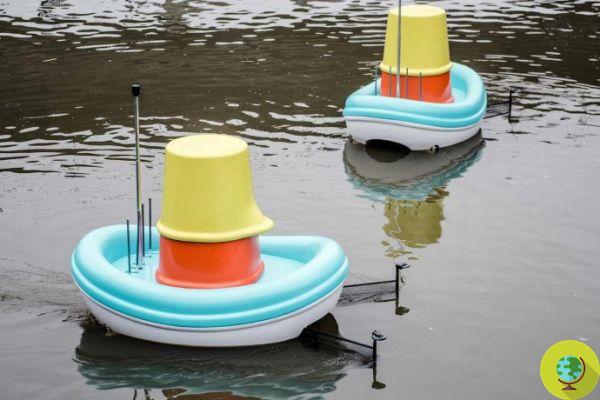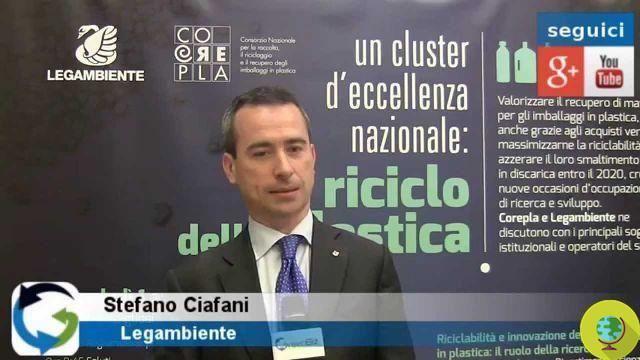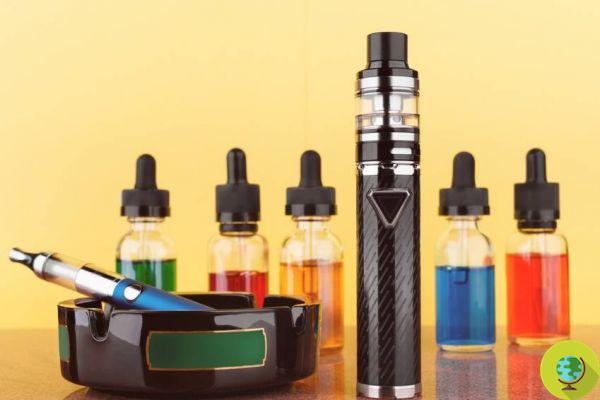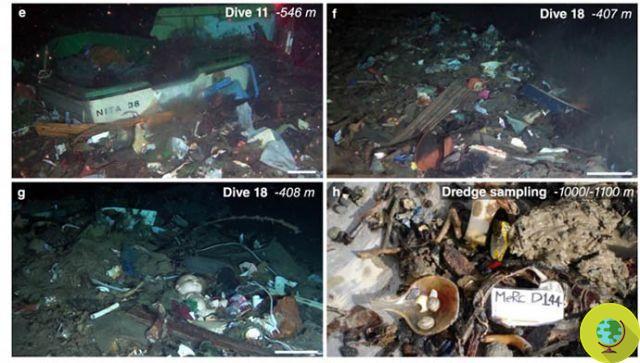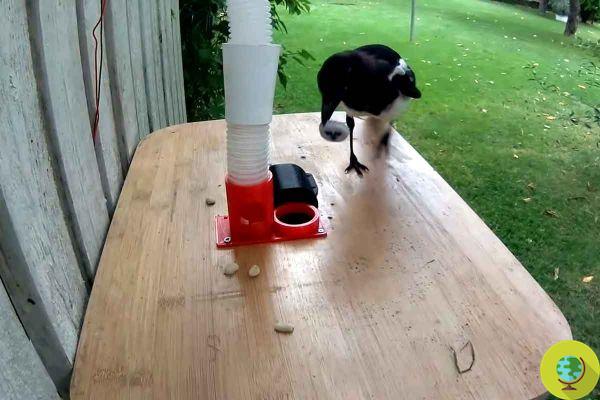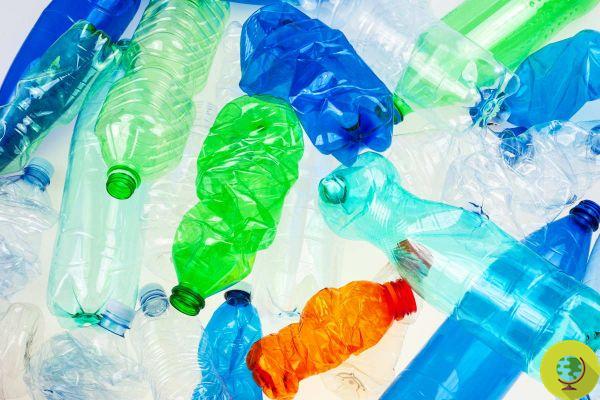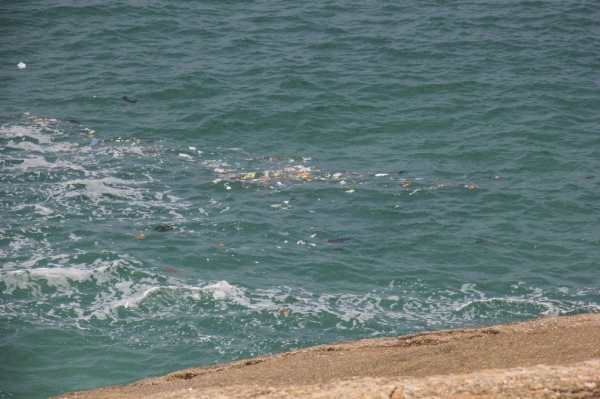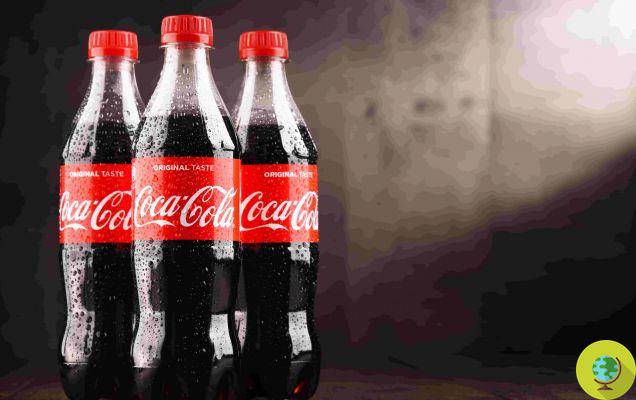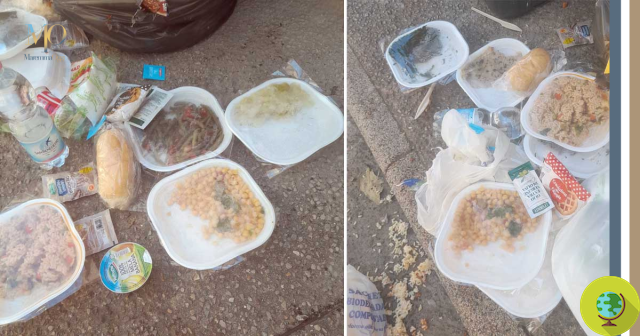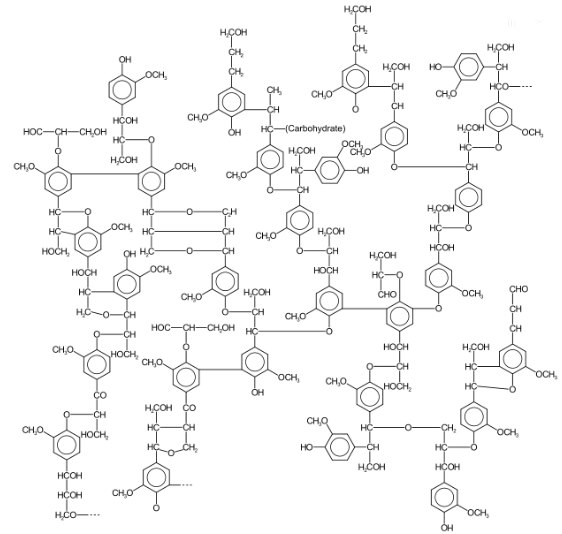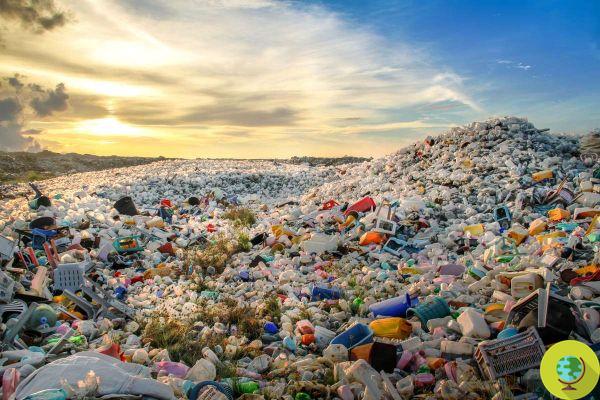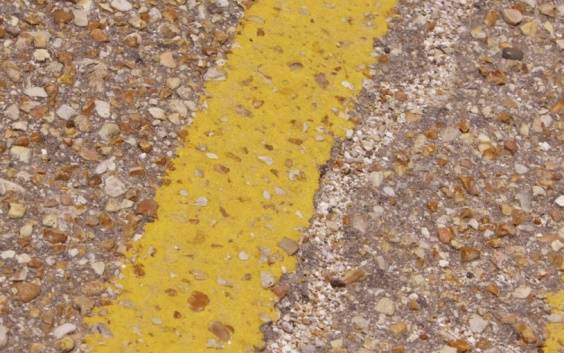Scientists have been studying for more than thirty years to develop a system that can help solve the problem of plastic waste, which is increasingly urgent in every part of the world.
The problem of plastic waste is terribly familiar everywhere: there is no corner of the planet that is not plagued by this real emergency - from the polar ice caps to the warm oceans of the Equator. Everywhere there are beaches covered with litter that the waves bring to shore - bottles, supermarket bags, plates, glasses, food wrappers, but also disused fishing nets, which become a death trap for turtles and other marine animals.
According to the Plastics Europe association, In 2020 alone, around 367 million tons of plastic were produced worldwide. These are mostly packaging and disposable plastic - which is produced thanks to the extraction of oil, which releases greenhouse gases during the production phases and which is finally used only once, or in any case for a very short period of time and definitely incompatible with the pollution necessary to produce it.
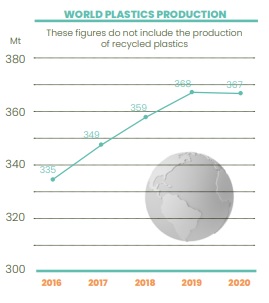
@ Plastics Europe
However, in this "sea" of plastic, someone is trying to find an ally to combat the spread of waste - and seems to have found it in tiny organisms capable of "digesting" the plastic material, contributing to the cleaning of the environment.
The first observations of plastic-eating microbes date back to the 90s: a study conducted in 1991 had shown the existence of enzymes capable of breaking down plastic material, but only that which is already chemically fragile or biodegradable - which is why the study does not had a lot of fanfare. Starting from the 2000s, it was thought to find useful solutions also for the degradation of harder and more resistant plastics. Subsequent studies then led to the discovery of enzymes called cutinases (present in bacteria called Thermobifida cellulosilytica) capable of "digesting" polyethylene terephthalate (PET) - a material made up of long, string-like molecules assembled from smaller molecules bound together. in chains: the chemical bonds in PET chains are strong, therefore difficult for enzymes to break.
At the end of the first decade of the millennium, many enzymes have become known to researchers that can help solve the plague of plastics to which we ourselves have been condemned. The most important study in this sense is certainly the one conducted in 2016 by a team of Japanese researchers. Visiting a recycling site for PET items, the researchers discovered the presence of a strain of bacteria (Ideonella sakaiensis) that would grow on PET items and that would use the material as a source of nutrition, thus helping the degradation of this material. .
(Also Read: Microbes Around The World Are Evolving To Eat Plastic, The Study)
The strain of bacteria discovered in Japan produces two enzymes: the first is able to break down the long chains of PET into smaller molecules (called MHET); the second breaks down the smaller molecules into ethylene glycol and terephthalic acid, which are the building blocks of PET. In practice, with their work these enzymes are able to completely reverse the PET production process.
The Japanese studio has thus opened the doors to the sustainable decomposition of plastic and the consequent reduction of waste, to the benefit of the environment. The enzymes discovered were improved and made more efficient at degrading PET, and put together into a single "super-enzyme" capable of eating PET up to six times faster than the two separate enzymes.
In addition to the faster decomposition times, there is also another important advantage of making use of the collaboration of “plastic-eating” enzymes. In fact, by breaking down the material at a molecular level and returning the original components of the plastic, they allow the creation of new high quality material, without the need for polluting additives - as is the case with current plastic recycling techniques. This would make it possible to create a truly circular economy also in the context of the production of new plastic starting from already used material.
However, there are limits to the use of these enzymes. First, they are unable to digest every type of plastic produced - some plastics are even more resistant to their action than PET and therefore impossible to break down into their constituent molecules. Second, enzymes can work well if the plastic has been softened by heating - a practice that can only occur in specific temperature-controlled centers and not in an open environment.
So we cannot just rely on the “collaboration” of enzymes to solve the problem of plastic waste in the environment and in the seas - we must first stop producing it and disposing of it in the environment. Only if we know how to take care of nature, collect our waste and concretely commit ourselves to producing as little as possible, can we truly say that we have found a solution to the problem.
Follow your Telegram | Instagram | Facebook | TikTok | Youtube
Source: The Guardian
We also recommend:
- Recycle plastic thanks to enzymes: unveiled the first bottles in the world recycled in this way
- Enzymes discovered that turn waste into bioplastic and fuel (without using oil)




